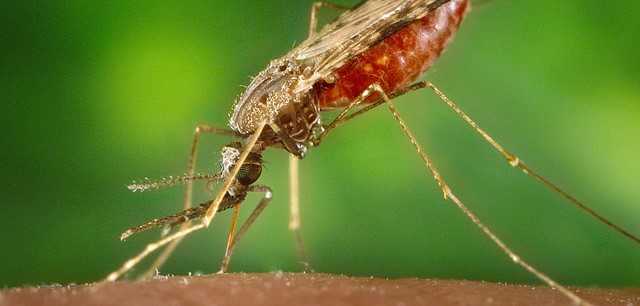Thailand: Stronger Labs Improve Detection
Welcoming people into a country without welcoming the spread of infectious diseases can be tricky. Thailand is watching for outbreaks along its borders, using advanced molecular detection and a network of laboratories to provide fast and accurate results.
At a hospital on the edge of Thailand, near the border with Laos, a healthcare worker examines a young female traveler complaining of fever. He knows that dengue, a mosquito-borne virus, is common in the area. But he can’t be sure. Dengue often shares symptoms with Zika virus, which is transmitted by the same type of mosquito. And then there are other possible causes to be considered – some more frightening than others. He knows he must discover the source of the illness quickly, before it can spread.
The worker gathers the woman’s clinical information and draws a blood sample. If it’s dengue, he’ll know soon. If not, he’ll send the sample to a central laboratory in the province where they can rapidly test for antibiotic-resistant infections. If further testing is needed, the sample will travel to Bangkok, where the Thailand Ministry of Public Health maintains its central laboratory.
Stopping outbreaks near the source
In hospitals and clinics along the Thai border, staff from the Ministry of Health identify patients with fever, collect clinical information, transport and test samples, and provide results back to clinicians. Several laboratories in Thailand are now able to do molecular testing for Zika virus, possibly sparing the young woman in the above scenario a misdiagnosis and unnecessary hospitalization.
Test results are also available faster than ever. “Using advanced molecular detection means test results are ready in a matter of hours. This is a huge improvement,” says Dr. Christopher Gregory of CDC’s Global Disease Detection (GDD) program in Thailand .

Dengue is caused by any one of four related viruses transmitted by mosquitoes.
A very real threat
Land and air travel have brought dangerous diseases to the country before. In 2003, the SARS epidemic reached Thailand and the region worked tirelessly to stop its spread. On June 18, 2015, a case of MERS-CoV appeared in a traveler from Oman. Other diseases with epidemic potential have also crossed into Thailand from neighboring countries, including cholera and rabies. Because of these very real threats, Thailand continues to monitor its borders and strengthen its laboratory systems. Eight hospitals and clinics near the borders of Laos and Myanmar will soon be screening patients with fever through the monitoring program, all with onsite laboratories.
At a hospital on the border of Laos, a young woman waits for a diagnosis. Thanks to better tracking and testing, she and her doctor will soon have an answer.
About This Story
This story illustrates Thailand’s commitment to meeting specific targets of the Global Health Security Agenda:
- Surveillance: Launch and strengthen global networks for real-time disease surveillance
- National Laboratory Systems: Build a nationwide laboratory system capable of safely and accurately detecting and characterizing pathogens causing epidemic disease
Under the GHSA, Thailand is currently one of three countries leading the world’s efforts to strengthen national laboratory systems. This border health project is jointly conducted by the CDC Global Disease Detection Center in Thailand, the Thai Ministry of Health, and the U.S. Defense Threat Reduction Agency.
- Page last reviewed: March 14, 2016
- Page last updated: March 14, 2016
- Content source:
Global Health
Notice: Linking to a non-federal site does not constitute an endorsement by HHS, CDC or any of its employees of the sponsors or the information and products presented on the site.


 ShareCompartir
ShareCompartir